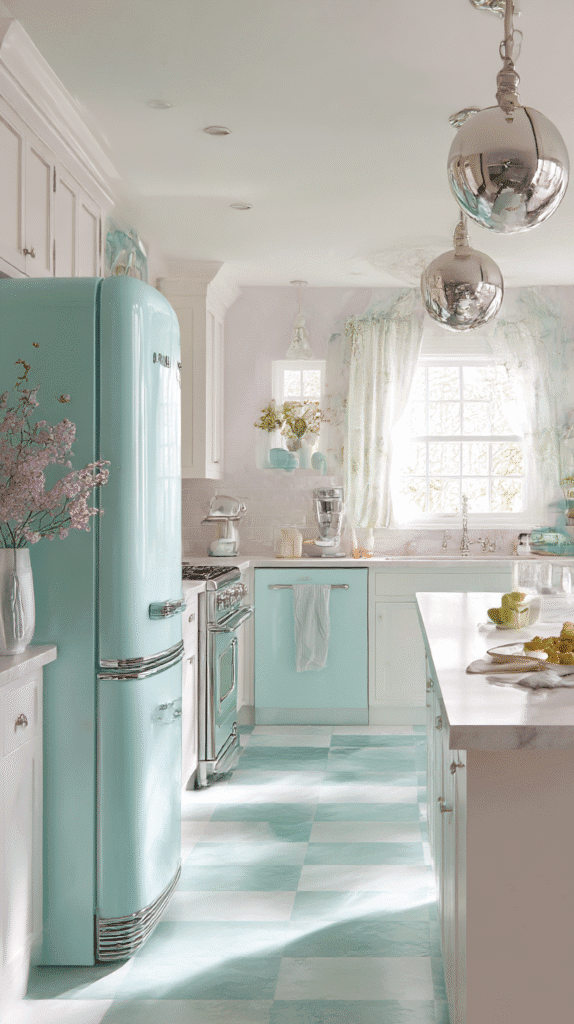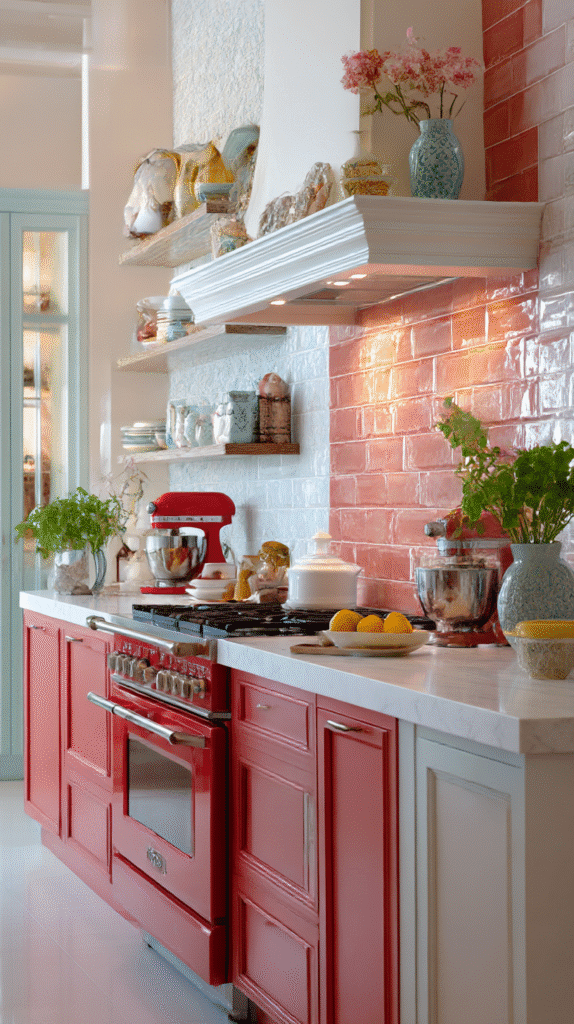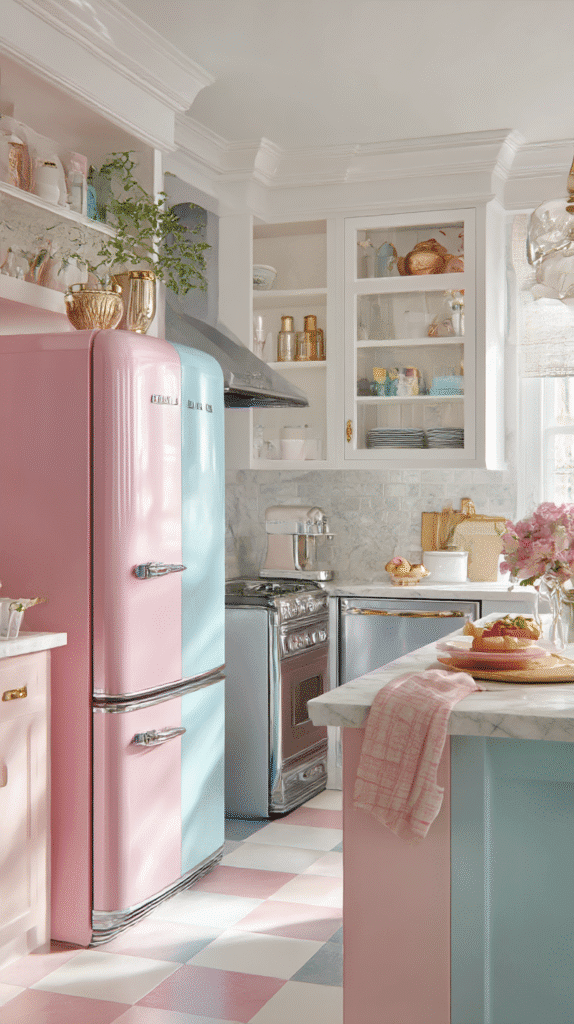
The Allure of a Vintage Kitchen: Why 1950s Fridges Are Making a Comeback
Have you ever walked into a room and felt like you’ve been whisked back in time, almost expecting Donna Reed to pop out of the pantry? That’s the magic of a vintage kitchen, where every corner tells a story, and each appliance, especially those classic 1950s fridges, holds a nostalgic charm. Today, these retro refrigerators are more than just relics of the past. They’ve become coveted pieces for design enthusiasts looking to bring a touch of the past into their modern homes. But as we tiptoe into 2026, why exactly are these vintage kitchen elements drawing so much attention?
Let’s dive into how you can embrace the old-fashioned charm of a 1950s fridge, integrating it seamlessly into your contemporary space while enjoying both aesthetic and functional benefits.
Building Your Vintage Haven: Where to Start
First things first—finding your focal point. In our case, this means hunting down the perfect 1950s fridge. Brands like Big Chill and Smeg are often at the top of wish lists, offering units that not only bring that timeless appeal but also pack modern energy efficiency. While you may score a genuine piece in mint condition for around $3,000 to $5,000, brands that manufacture retro-looks offer options closer to $1,500 to $2,500, making them more accessible.
Here’s how it plays out: selecting the fridge as your statement piece sets the stage for an overall vintage theme. Continue by complementing the boldness of a cherry-red or pastel fridge with equally enticing fittings—think chrome hardware and checkered floors that scream classic diner. Your dream vintage kitchen is only just beginning.
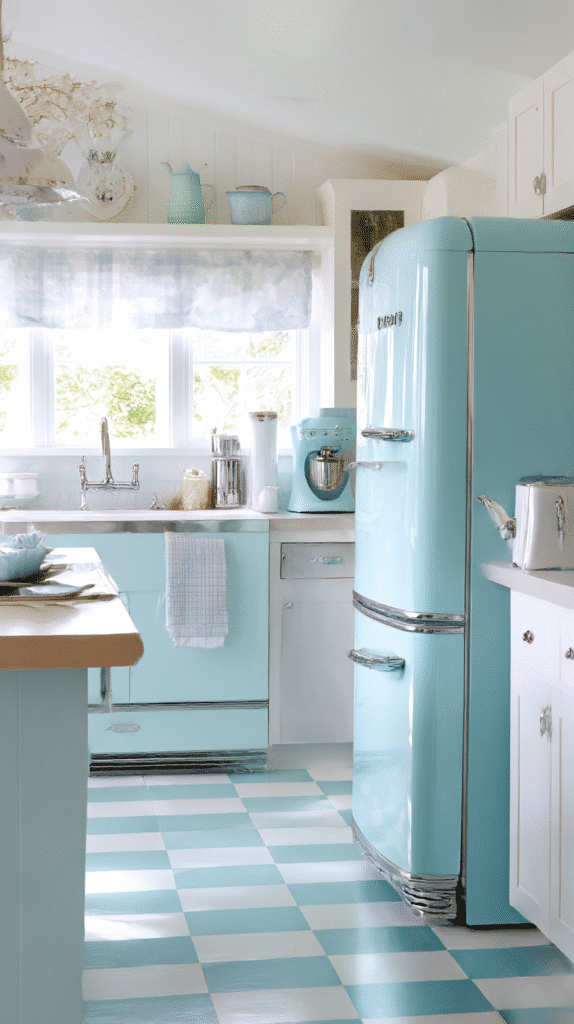
The Step-by-Step Guide to a Perfect Fusion
But, before you jump into the deep end of a vintage overhaul, there are practical considerations to mull over. Not every lovely 1950s fridge will accommodate today’s needs. Check dimensions and storage capabilities. You might appreciate that classic rounded top, but if it’s more eye candy than cold storage, you’ll need a backup plan.
Considering color coordination can elevate your kitchen into an aesthetically pleasing and functional space. A vintage kitchen thrives on hues reminiscent of old-school diners—powder blues, mint greens, and light yellows. According to Pinterest Predicts, pastel kitchens are expected to reign supreme well into 2026, making your color choices not only retro-cool but trend-forward.
Weighing Your Options: The Real Vintage vs Modern Retro
The decision between real vintage and modern retro is pivotal. Vintage pieces are genuine artifacts from yesteryear with an inherent story and unmatched authenticity. However, they often lack the convenience of modern features. A narrative comparison between an authentic Frigidaire and a new retro-style Big Chill might clarify this.
Imagine Jane, a vintage devotee, scorning new retro replicas but dealing with recurring functional issues with her authentic fridge—seal leaks, inefficiency, noise. Jane’s friend, Tom, opts for a Big Chill. While it may lack authentic history, it doesn’t come with the hassle of frequent repairs, and its energy efficiency is miles ahead.
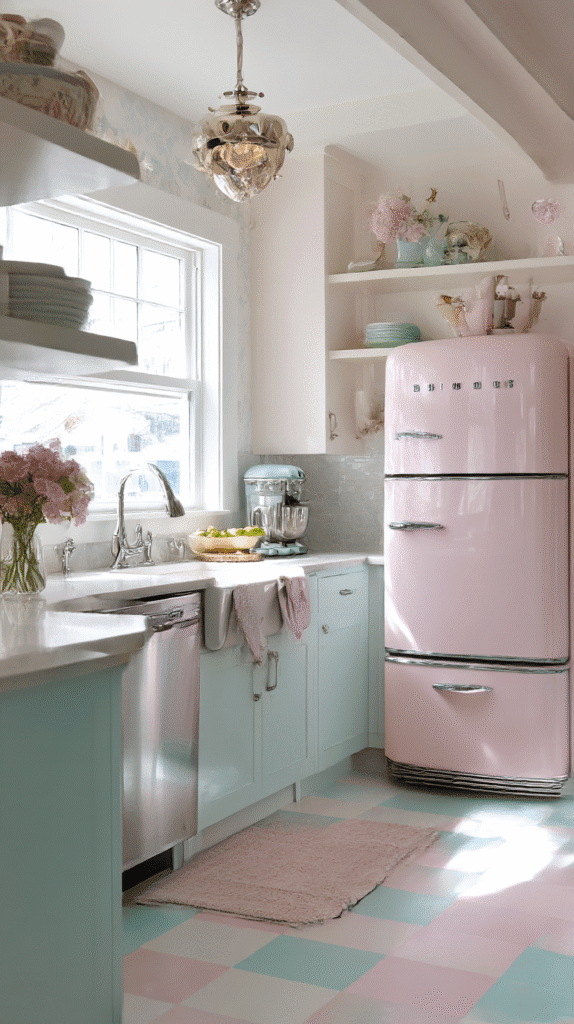
Trend Forecasts for the Vintage Kitchen Scene
Looking ahead, vintage kitchens are not backtracking. Instagram posts and Threads trends reveal a growing affinity for retro embellishments, with appliances like artisanal stoves and vintage-lit cabinetry gaining favor. With eco-friendliness taking center stage, vintage shopping itself is praised for its sustainability—breathing new life into old items reduces waste and carbon footprints.
Expect to see modern enhancements—contemporary counter-height seating paired with vintage booth styles, integrated smart technology that respects the old-world charm while delivering 21st-century living.
DIY Tips for the Aspiring Vintage Chef at Heart
Lastly, embrace your inner DIYer to reduce costs and boost your kitchen’s unique personality. Start small: consider repainting cabinets or swapping out fixtures for nostalgic pieces. For a DIY project, distressed wooden shelving can evoke that timeless ambiance without a major renovation.
And who says you need a designer when you can leverage resources like Houzz and YouTube tutorials? These platforms are treasure troves of knowledge that can guide you through tasks like tiling or even how to source vintage fabrics or patterns to line your shelves.
Conclusion: A Vintage Kitchen with a Modern Twist
Bringing a 1950s fridge inside is more than just an aesthetic choice; it’s a journey into the past that’s both functional and fashionable. With the right blend of genuine vintage pieces and modern retro reproductions, you cultivate a space that’s uniquely yours and charmingly recalls a bygone era. Whether you’re an experienced designer or a newbie DIYer, a vintage kitchen speaks to a universal longing for simplicity and elegance—proof that what was old is beautifully new again.
